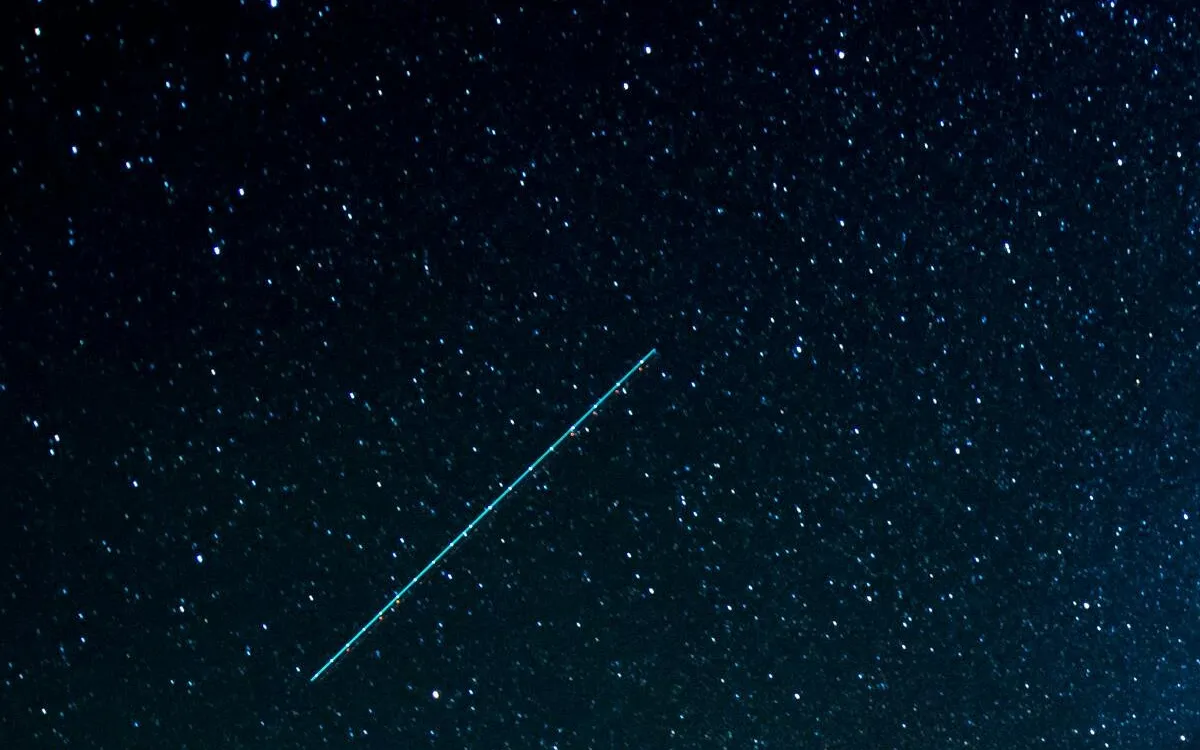
For years, astronomers have embarked on an extraordinary quest to uncover the first generation of stars, known as Population III (Pop III) stars, which are considered primordial relics from the early universe. Recent research led by Ari Visbal from the University of Toledo, Ohio, has reportedly made significant progress in this pursuit. The team believes they have detected these enigmatic stars through a meticulous analysis of previous observations from the James Webb Space Telescope (JWST) of a distant galaxy named LAP1-B.
Population III stars are hypothesized to be composed primarily of helium and hydrogen, with only trace amounts of lithium. These stars are thought to have formed approximately 200 million years after the Big Bang, making them some of the earliest celestial bodies in existence. Due to their ancient formation, these stars are extremely rare, having long since perished. However, astronomers have remained hopeful that the faint light emitted by these distant objects could still be detected.
In past research, numerous candidates for Population III stars have been dismissed because they failed to meet three critical predictions regarding their formation and characteristics. Specifically, these stars were expected to form within small dark-matter clumps known as halos, possess massive sizes, and cluster together in small groups. The recent findings regarding LAP1-B, however, appear to align perfectly with these theoretical predictions.
In their paper published in The Astrophysical Journal Letters, Visbal and his colleagues assert that LAP1-B is the first candidate for Population III stars that satisfies all three of these essential criteria. Firstly, the stellar system around LAP1-B formed in an environment that matches scientific predictions, specifically within a dark matter clump approximately 50 million times the mass of our sun. Secondly, the stars within this system are incredibly massive, ranging from 10 to 1,000 times the mass of the sun. Lastly, these massive stars are clustered together in small groups, totaling a few thousand solar masses, thereby confirming the third prediction.
Additional evidence supporting the identification of LAP1-B as a candidate for Population III stars comes from the gas surrounding the galaxy. The gas exhibits distinct spectral signatures and contains only trace amounts of metals, which aligns with the hypothesis that the system is extremely young. This youthfulness suggests that some of the first massive stars have recently exploded as supernovae, subsequently enriching the surrounding gas with these primordial elements.
While this research presents exciting possibilities, it is important to note that it does not yet provide definitive confirmation of the existence of Population III stars. Several uncertainties remain, particularly regarding the amount of material ejected by the first supernovae and whether current computer models adequately represent the physics of the early universe. Nevertheless, this study lays a groundwork for future explorations, emphasizing the potential of combining JWST with advanced techniques such as gravitational lensing. This innovative approach, which facilitated the detection of LAP1-B, suggests that this discovery could be merely the beginning of our understanding of Population III stars.
In conclusion, LAP1-B may represent just the tip of the iceberg in the ongoing study of Population III stars, and the research team expresses optimism regarding future discoveries enabled by gravitational lensing from galaxy clusters.